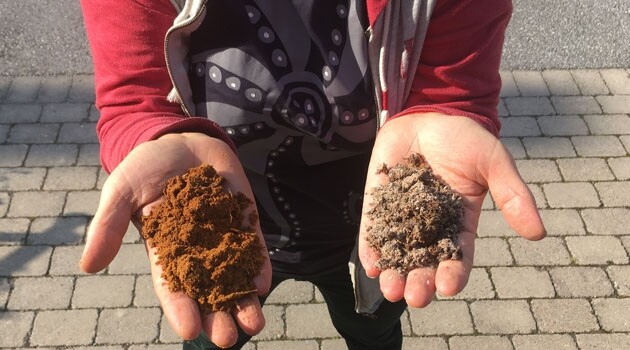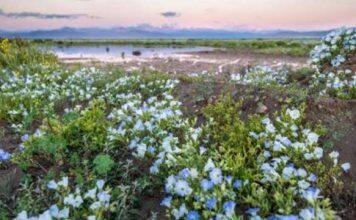How can new life forms that we cannot see be discovered? Using a novel method based on looking for DNA in soil samples, researchers at Uppsala University have revealed the existence of two hitherto unknown, but very common fungus species. They are thought to perform a key function in the ecosystem, but their exact role remains to be clarified. The study is published in the journal IMA Fungus.


To most people, the word ”fungus” conjures up something like a chanterelle or fly agaric, rising vertically from the ground. Since a huge number of fungi do not form distinct fruit bodies, however, they do not catch the eye. This applies, for example, to the newly discovered fungi. Invisible to the naked eye, they are nonetheless common in forest soils in Northern and Central Europe, as DNA analyses of soil samples show.
The researchers found the fungi in soil samples from the Ivantjärnheden field station near Jädraås, in the province of Gästrikland, in east central Sweden. The method developed by the scientists is based on extracting both long DNA sequences, to investigate species interrelationships, and short DNA sequences to get an idea of how common species are.
“Our data show that these two are closely related but distinct species that compete for resources in the soil profile. One wins out, and is dominant, in organic soil; we’ve named it Archaeorhizomyces victor. In second place we have Archaeorhizomyces secundus, which makes do with resources in mineral soil to a greater extent,” says Anna Rosling of the Department of Ecology and Genetics at Uppsala University, who headed the work.
The two species coexist in mixed and coniferous forest
Where the two species coexist – in soil and roots in mixed and coniferous forest – Archaeorhizomyces victor thus predominates in the humus-rich soil. Just a little further down in the ground, where the soil contains less nutrients, victor does poorly and secundus can become widespread.
These species belong to the class Archaeorhizomycetes and, as such, to a group of ancient fungal root endophytes: fungi that colonise plants’ root tissue internally and live in symbiosis with the host, enhancing plant performance and causing no obvious harm. From soil samples around the world, the researchers know that this class comprises at least 1,000 species.
These fungi are common; in soil samples from Ivantjärnheden, for example, they make up roughly 30 per cent of all sequenced genetic material. This large fungus group was first described scientifically in 2011 and then, too, it was Anna Rosling and her research group who made the discovery, and also succeeded in cultivating two species in their laboratory. The fungi then grew enough to permit more detailed study. Rosling describes them as slow-growing and somewhat beige in colour, and says they form differently shaped spores.
A method of identifying new species
With these two newly discovered fungi, the known species of Archaeorhizomycetes have doubled in number. Even more important, the researchers think, is the fact that they have established a method of identifying new species that does not depend on cultivation, or on finding a fruiting body. And much remains to be discovered in the fungus kingdom. The presence of certain marker genes in soil samples indicates that nearly 90 per cent of all fungi have yet to be scientifically described.
“With our study, we want to give an idea of the tremendous diversity of fungi in the soil and the importance of naming them, even if we haven’t seen them with the naked eye yet,” Rosling says.
The research group is now working further on developing methods that will enable study of the new fungi in greater detail, directly in soil and root samples. One hope is to be able to cultivate them. The scientists are also collecting evidence that will allow description of the nearly 100 still undiscovered species of Archaeorhizomycetes that are assumed to exist in Sweden. The project is funded by the Swedish Taxonomy Initiative and the Carl Trygger Foundation for Scientific Research.






































